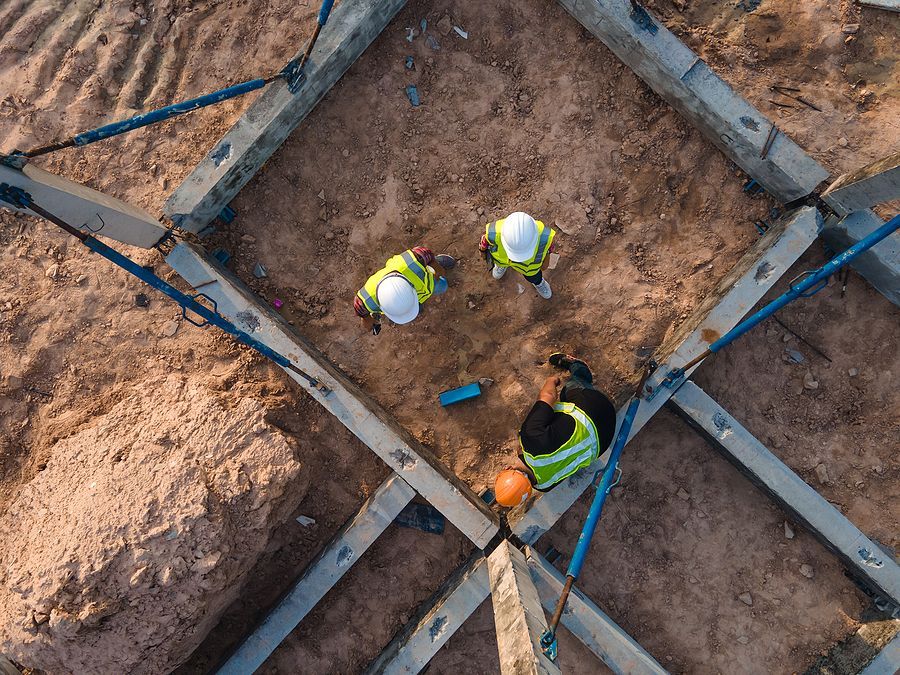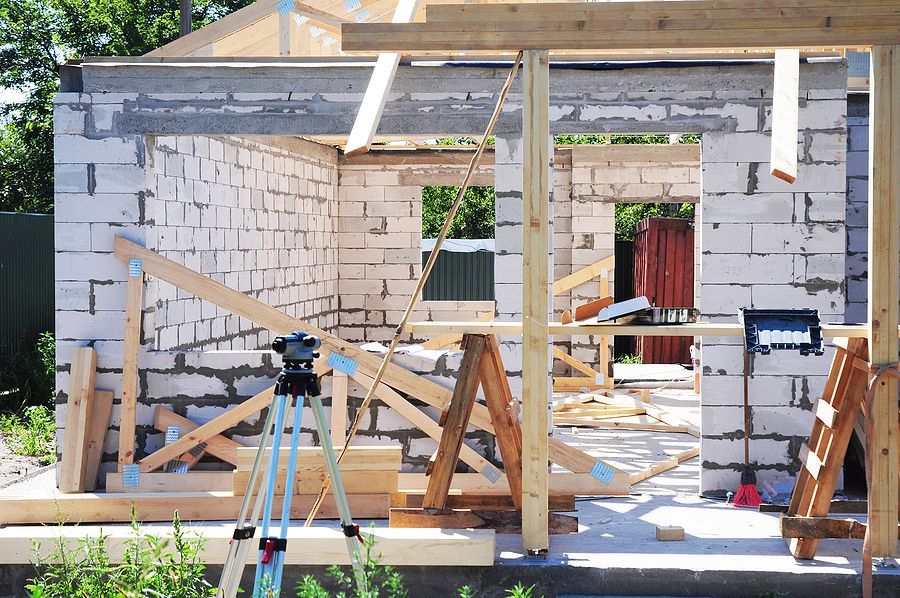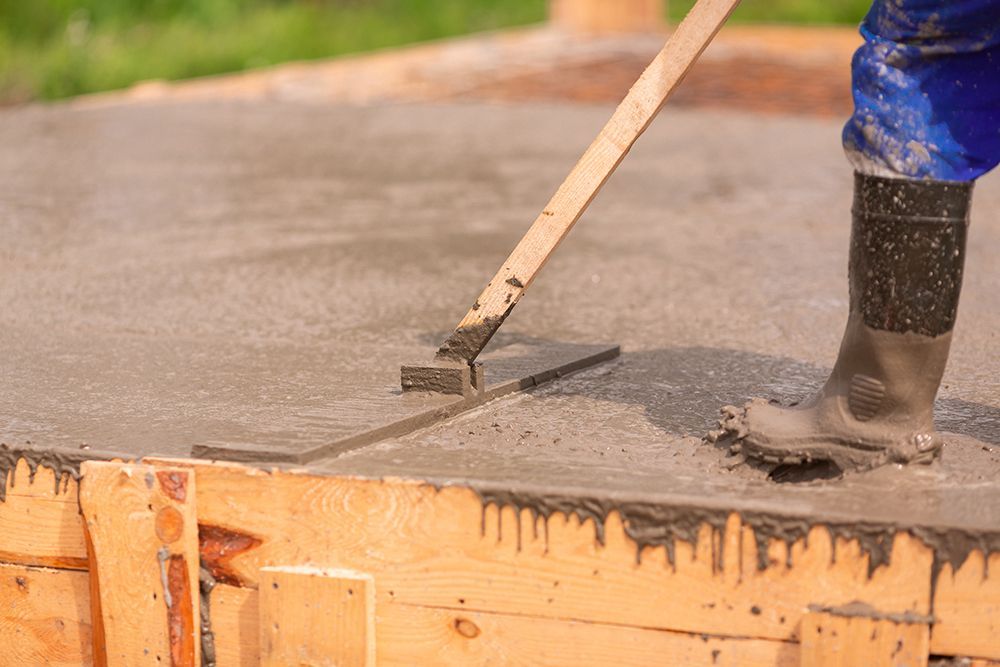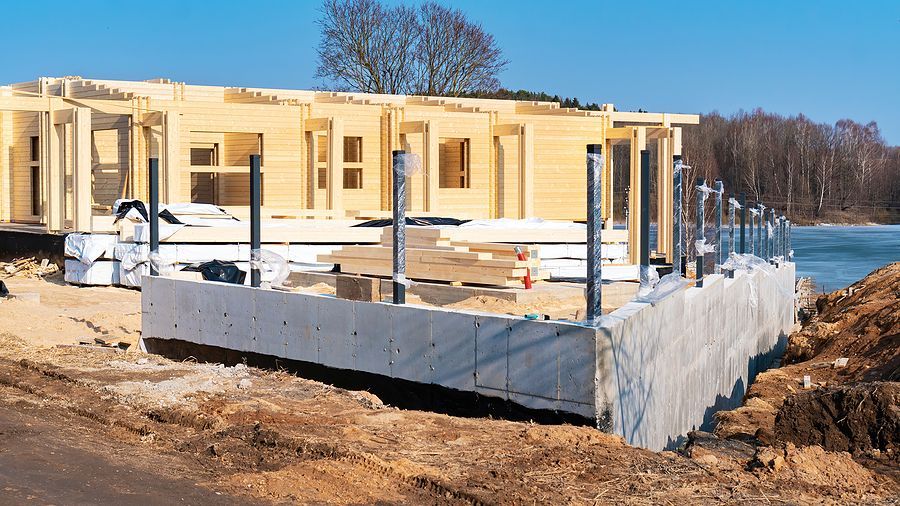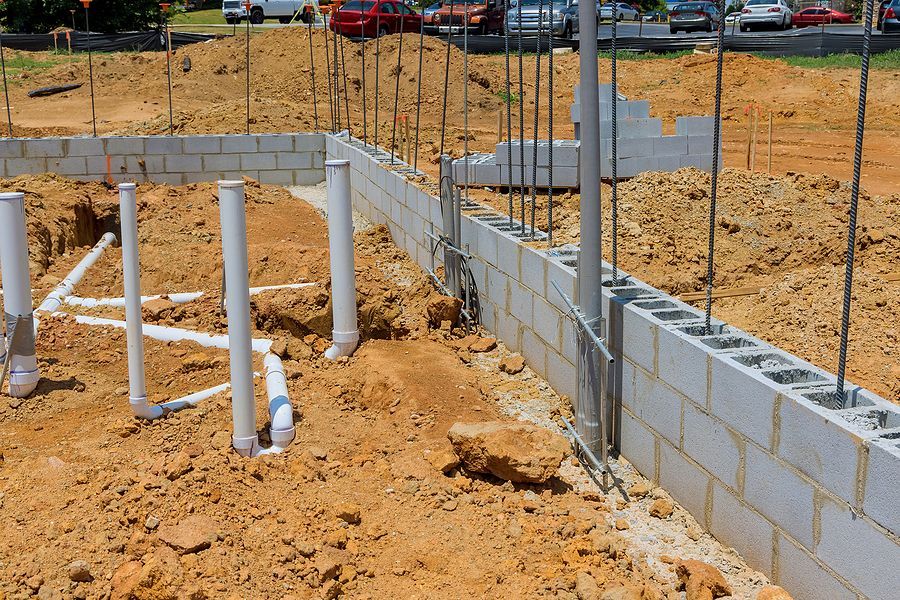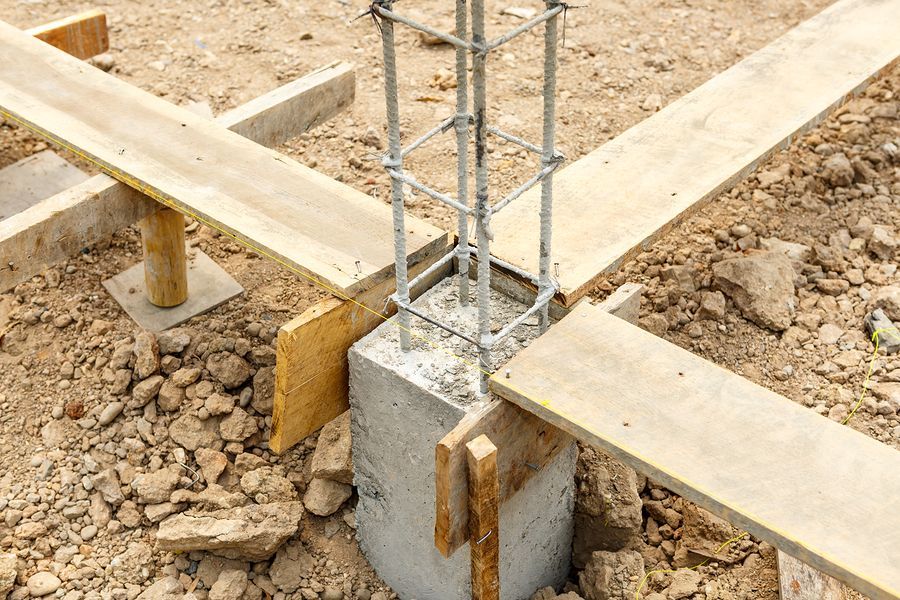Strengthening Foundations: A Comprehensive Guide to Foundation Underpinning Techniques and Benefits
Essential Insights into Foundation Underpinning for Long-lasting Structural Integrity
Foundation underpinning is a critical aspect of maintaining the structural integrity of buildings. This specialized process involves strengthening and stabilizing the foundation of a structure. It's often required in various scenarios, as outlined in this comprehensive guide. As a service provider, Cincinnati Foundation Repair Pros are experts in this field, ensuring that the foundation of any building is secure and durable.

Understanding Foundation Underpinning
Underpinning is the process of reinforcing an existing foundation to rectify problems caused by various factors. This method is essential for foundation repair, especially in older buildings or structures that have experienced significant environmental changes. Understanding the reasons behind foundation underpinning helps in recognizing the signs that a building may need such an intervention.
Key Reasons for Underpinning
- Soil Instability: One primary reason for foundation underpinning is the instability of the underlying soil. Soil can lose its bearing capacity due to moisture changes, erosion, or improper compaction during the original construction.
- Additional Building Loads: If a building undergoes modifications that include adding more floors or heavy equipment, the existing foundation may need to be strengthened to support the additional weight.
- Nearby Construction Activities: Construction activities in adjacent properties can affect the stability of nearby structures, necessitating foundation underpinning for added security.
- Aging Structures: Over time, the foundation of older buildings can degrade, leading to the need for reinforcement to maintain structural safety.
- Natural Disasters: Earthquakes, floods, and other natural disasters can significantly weaken foundations, making underpinning a crucial step in restoration.
Foundation Repair and Underpinning
Foundation repair is a broad term that encompasses various techniques, including underpinning, to fix foundation-related issues. When seeking "foundation repair near me," it's vital to choose a foundation repair contractor who specializes in underpinning and understands the local soil conditions and building regulations.
Types of Underpinning
- Concrete Underpinning: This is a traditional method where additional concrete is placed beneath the existing foundation to increase its depth and bearing capacity.
- Footing Underpinning: This involves extending the width or depth of the existing footing to distribute the load over a larger area.
The Role of a Foundation Professional
A foundation professional, like those at Cincinnati Foundation Repair Pros, plays a crucial role in assessing the need for underpinning and executing the process efficiently. Their expertise ensures that the underpinning process addresses the specific needs of each building, considering factors like soil type, structure age, and the nature of the foundation issues.
Foundation Underpinning Cost
The cost of foundation underpinning can vary significantly depending on the extent of the repair needed, the underpinning method used, and the size of the building. A detailed assessment by a qualified foundation repair contractor is necessary to provide an accurate cost estimate.
Choosing the Right Contractor
When looking for a "foundation repair contractor," it's important to select a company with a strong track record and expertise in foundation underpinning. Cincinnati Foundation Repair Pros, for example, offers a combination of experience, skill, and local knowledge, making them a reliable choice for foundation repair underpinning.
Detailed Examination of Underpinning Techniques
Apart from concrete and footing underpinning, there are other advanced techniques used in foundation repair:
- Pier Underpinning: Involves driving steel or concrete piers into the ground beneath the foundation to support and lift the structure. This method is particularly useful in cases where soil conditions are poor.
- Beam and Base Underpinning: A more modern method where a reinforced concrete beam is installed below the existing foundation to redistribute the load.
- Mini-Piled Underpinning: Used in situations where traditional underpinning isn’t feasible due to limited space or the depth of stable soil. It involves drilling small, deep piles to transfer the load to stable soil layers.
Signs Indicating the Need for Underpinning
Property owners should be aware of certain tell-tale signs that suggest the need for foundation underpinning:
- Cracks in walls or floors
- Doors or windows that stick or won't close properly
- Visible sinking or subsidence of the building
- Gaps between walls and floors or ceilings
- Legal and Regulatory Considerations
- Foundation underpinning, especially in urban areas, often requires adherence to specific building codes and regulations. A professional foundation repair contractor, like Cincinnati Foundation Repair Pros, will ensure that all necessary permits are obtained and that the work complies with local building regulations.
The Importance of Professional Assessment
A thorough assessment by a foundation professional is crucial. They can determine the root cause of the issue, whether it’s due to changes in soil moisture levels, tree root growth, or other factors. This assessment will guide the choice of underpinning method and ensure that the solution is tailored to the specific needs of the structure.
Long-Term Benefits of Foundation Underpinning
Underpinning, when done correctly, offers numerous long-term benefits:
- Enhanced Structural Stability: It significantly strengthens the foundation, preventing further movement or subsidence.
- Increased Property Value: A well-maintained and structurally sound building is more valuable in the real estate market.
- Safety and Peace of Mind: Ensures the safety of the occupants and provides peace of mind knowing the structure is secure.
Foundation Underpinning Cost Considerations
The cost of underpinning a foundation varies widely. Factors influencing the cost include:
- Size of the Property: Larger buildings require more extensive underpinning, increasing the cost.
- Underpinning Technique Used: Different methods have varying costs, with some being more labor-intensive or requiring more specialized equipment.
- Severity of the Foundation Issue: More severe problems may require a more complex underpinning process, leading to higher costs.
Conclusion
Foundation underpinning is a complex but essential process for the longevity and safety of any structure. Understanding the reasons, methods, and signs for underpinning helps in making informed decisions. Choosing the right foundation repair contractor, like Cincinnati Foundation Repair Pros, ensures a comprehensive and effective solution tailored to the specific needs of the property. Proper underpinning not only fixes current issues but also helps prevent future problems, safeguarding the building’s integrity for years to come.

